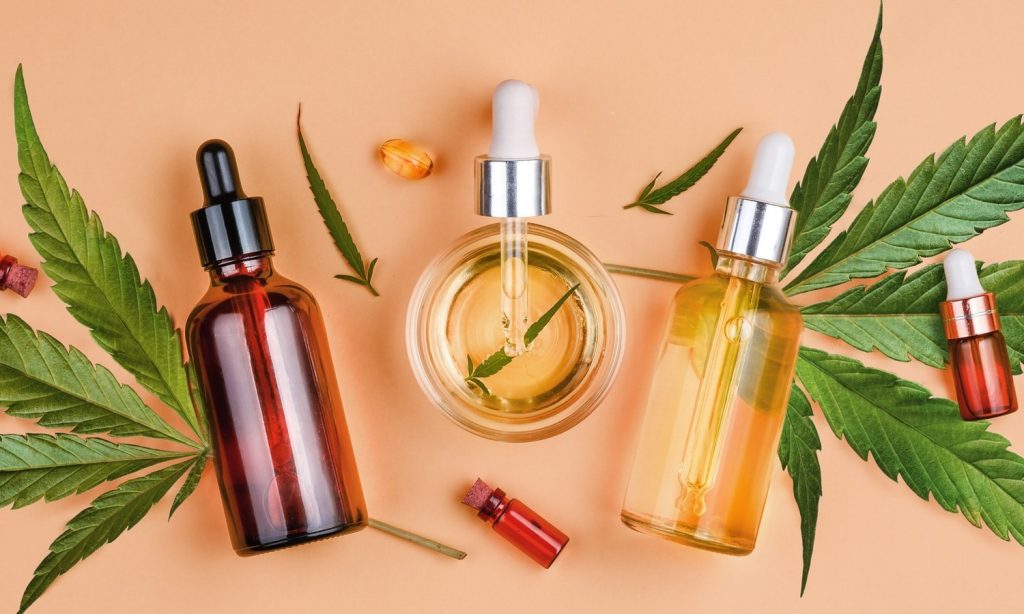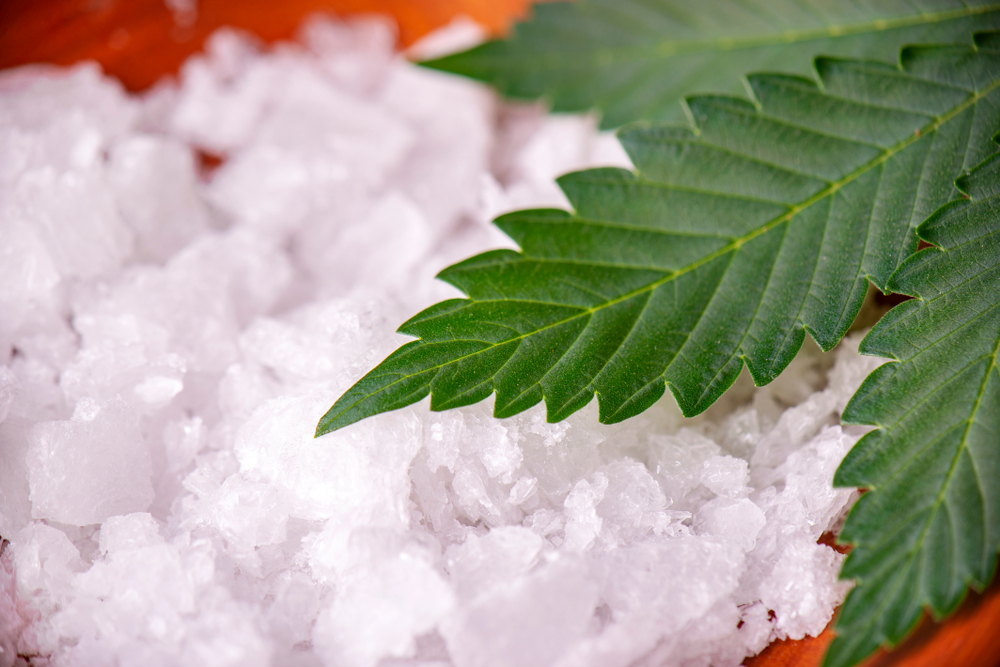Introduction
Cannabidiol, popularly known as CBD, has seen a massive surge in popularity over the past few years. Touted for its therapeutic properties, it’s no surprise that consumers are turning to CBD products to alleviate symptoms ranging from anxiety to chronic pain. To navigate the market, it’s crucial to understand the different types of CBD. Here’s a comprehensive guide to break it down.

1. Full-Spectrum CBD
What it is: Full-spectrum CBD is a whole-plant extract that contains all the naturally occurring cannabinoids, terpenes, flavonoids, and other beneficial compounds found in the cannabis plant. This includes trace amounts (up to 0.3%) of THC, the psychoactive compound responsible for the ‘high’ associated with marijuana.
Benefits: The primary advantage of full-spectrum CBD is the ‘entourage effect’. This theory suggests that the combined effect of the entire spectrum of cannabinoids and terpenes is more beneficial than any single compound working alone. For some users, the trace amount of THC helps amplify the therapeutic effects of CBD.
2. Broad-Spectrum CBD
What it is: Broad-spectrum CBD is quite similar to full-spectrum, but with one key difference: it’s entirely free from THC. It retains most of the other beneficial compounds found in the cannabis plant.
Benefits: Broad-spectrum CBD provides users with the advantages of the entourage effect without any concerns of THC consumption. It’s ideal for those who are sensitive to THC, have drug-testing concerns, or live in regions with strict THC regulations.
3. CBD Isolate
What it is: As the name suggests, CBD isolate is the purest form of CBD, isolated from all other compounds in the cannabis plant. It often comes as a white crystalline powder or solid.
Benefits: With CBD isolate, users can be assured of zero THC content and no risk of consuming other compounds they may wish to avoid. It offers a consistent, high concentration of CBD and is often preferred for specific therapeutic applications where precision dosing is required.
4. Nano CBD
What it is: Nano CBD refers to CBD molecules broken down into nanoparticles. This increases the surface area and allows the CBD to be more easily absorbed by the body, enhancing its bioavailability.
Benefits: Because of its increased absorption rate, nano CBD can offer faster and more potent effects. It’s particularly useful in water-soluble CBD products, allowing them to blend seamlessly with beverages.
5. Water-soluble CBD
What it is: Traditional CBD oil is hydrophobic, meaning it doesn’t mix well with water. Through various technological processes, such as nanoemulsion, CBD oil can be transformed into a water-soluble form.
Benefits: Water-soluble CBD is ideal for beverages, offering a consistent mix without separation. Its enhanced bioavailability means users might experience benefits more quickly and efficiently.
How to Choose the Right Type of CBD
The right CBD product for you depends on several factors:
- Desired effects: If you’re looking for a more holistic experience and are comfortable with trace amounts of THC, full-spectrum CBD might be your best bet. For pure CBD effects without other compounds, CBD isolate is the way to go.
- Legality: Always consider local regulations regarding THC. In areas where THC is strictly regulated or prohibited, broad-spectrum CBD or CBD isolate is preferable.
- Sensitivity: If you’re sensitive to certain cannabinoids or want to avoid THC entirely, opt for broad-spectrum or isolate.
- Consumption method: For CBD-infused beverages, water-soluble or nano CBD is more appropriate. For tinctures, oils, or edibles, full, broad-spectrum, or isolate can be used depending on personal preferences.
A Deeper Dive into CBD Production
The various types of CBD don’t just differ in their components; the methods of extraction and processing play a critical role in determining the final product’s purity and efficacy.
Here’s a closer look at the steps involved in the production of CBD and how they impact the quality and type of the final product.
Extraction Methods
There are three primary extraction methods used to obtain CBD from the hemp plant:
- CO2 Extraction: This is the most advanced and widely regarded method for preserving the integrity of the hemp plant’s compounds. In this technique, carbon dioxide is used under high pressure and low temperatures to extract CBD, ensuring a pure end product without any residual solvents.
- Ethanol Extraction: This method employs high-grade grain alcohol as a solvent to extract CBD. While it produces a clean extract, some believe that it might remove some beneficial plant waxes.
- Olive Oil Extraction: This is an ancient and straightforward method where the hemp plant is heated to a specific temperature to activate the plant’s chemicals. Then, it’s combined with olive oil and heated again. While safe and effective, it’s less preferred for commercial production since the resulting product is perishable.
Decarboxylation
Before being used in products, CBD often undergoes a process called decarboxylation, where it’s heated to convert the naturally occurring CBDA into CBD. This process is crucial for maximizing the potency of the extract.
Winterization
To refine the extract further and remove any undesired substances, the CBD extract undergoes winterization. Here, the extract is chilled and filtered to remove fats and waxes, resulting in a purer form of CBD.
Chromatography
This is an essential process, especially in the production of broad-spectrum CBD. It’s a method used to remove THC from the extract, ensuring that the resulting product won’t have any psychoactive effects.
The Importance of Third-Party Testing

The CBD market, given its relative novelty and rapid growth, can sometimes be a minefield of misinformation. This is where third-party lab testing comes in. By choosing products that have been independently tested, consumers can be sure of what they’re getting: the type of CBD, its concentration, and that it’s free from harmful chemicals or contaminants.
Final Thoughts
As the CBD industry continues to evolve, the methodologies for extraction and production will become even more refined. For consumers, understanding the various types and the processes behind their creation can only enhance their overall experience with CBD products.
Armed with this knowledge, you’re better equipped to navigate the market and select products that align with your wellness goals. Remember, the best CBD product for you is one that suits your needs, whether it’s for relaxation, pain relief, or any of the myriad benefits CBD has been reported to offer. Always prioritize transparency, quality, and certified testing when making a choice.
